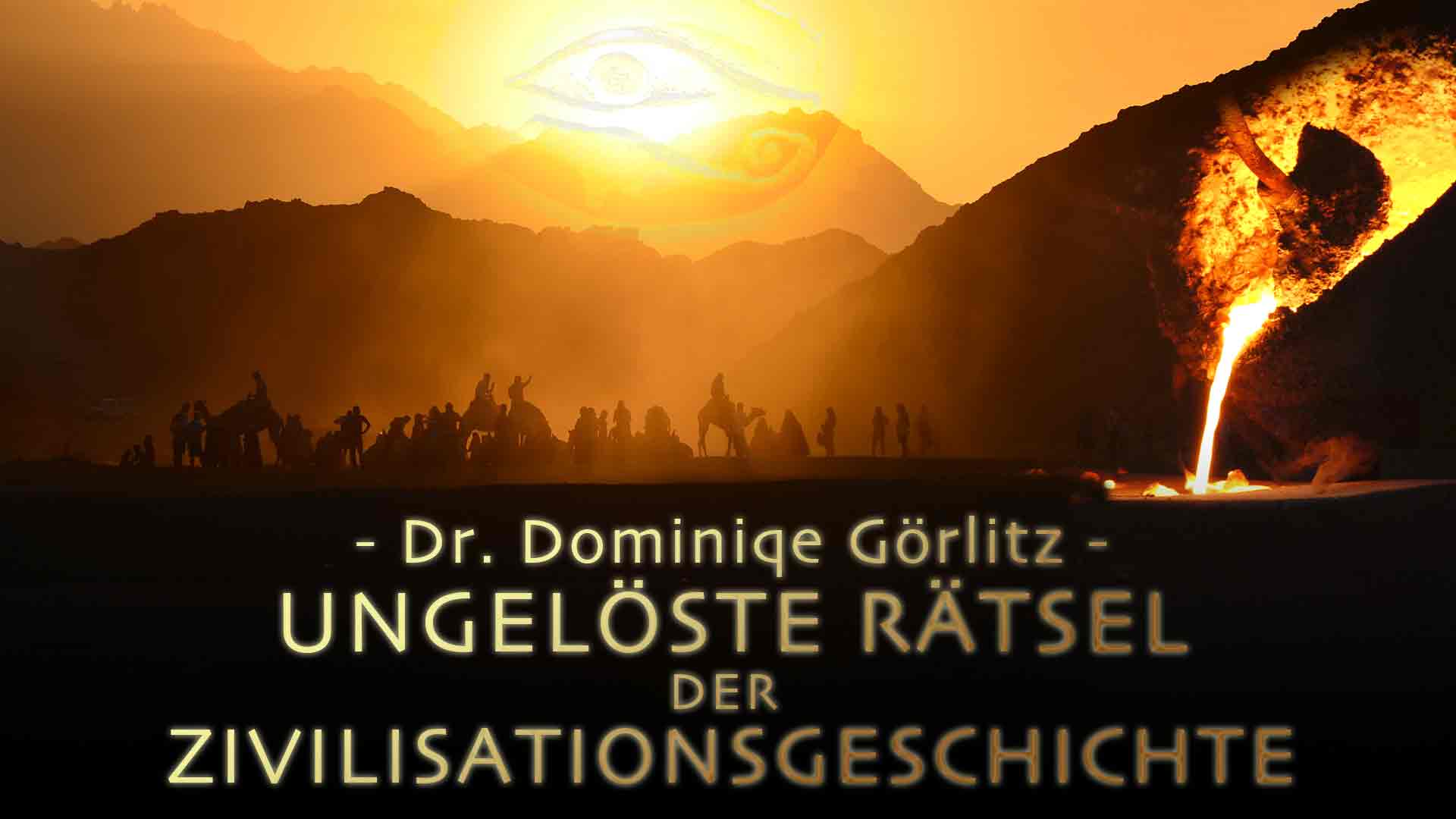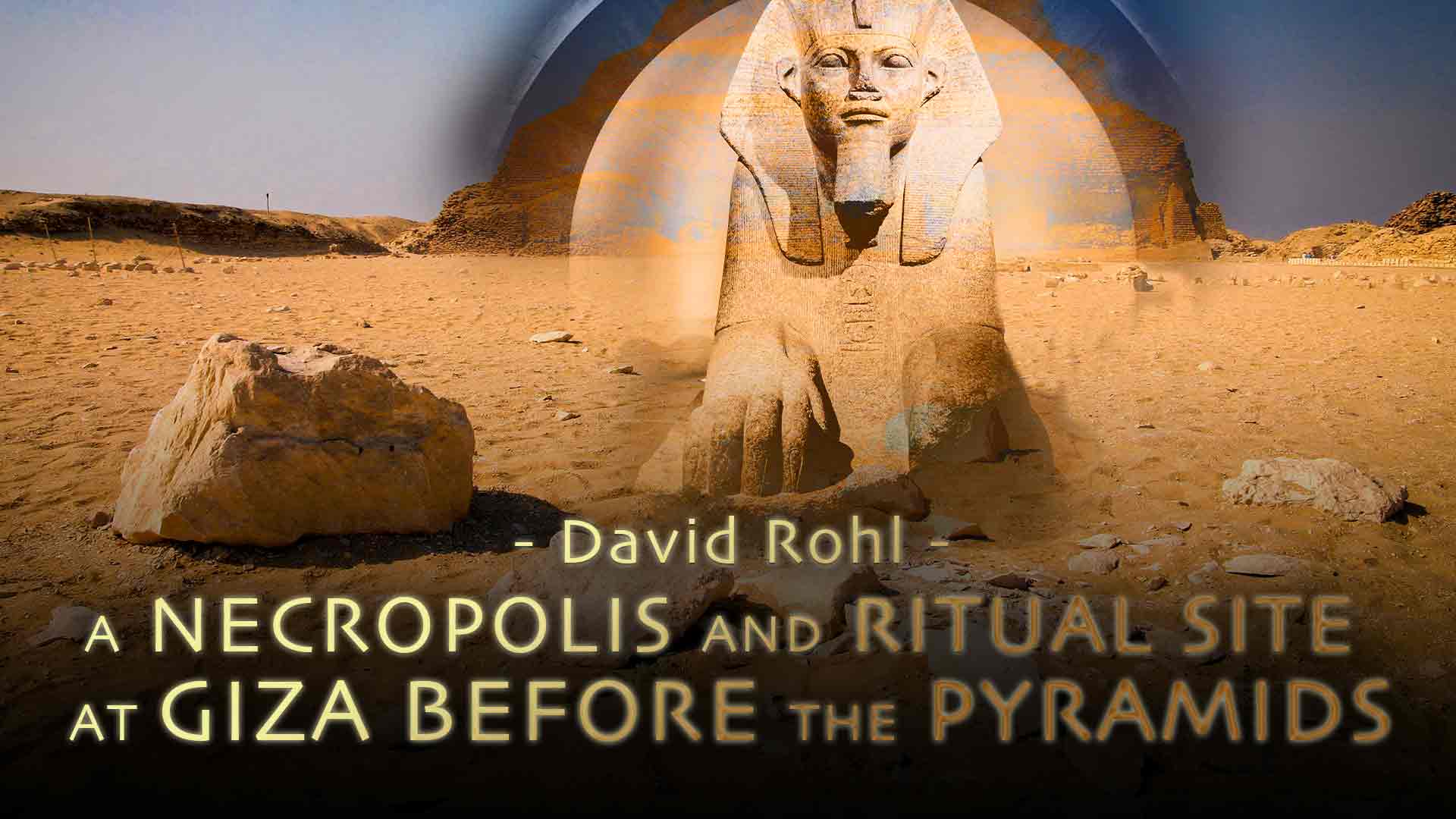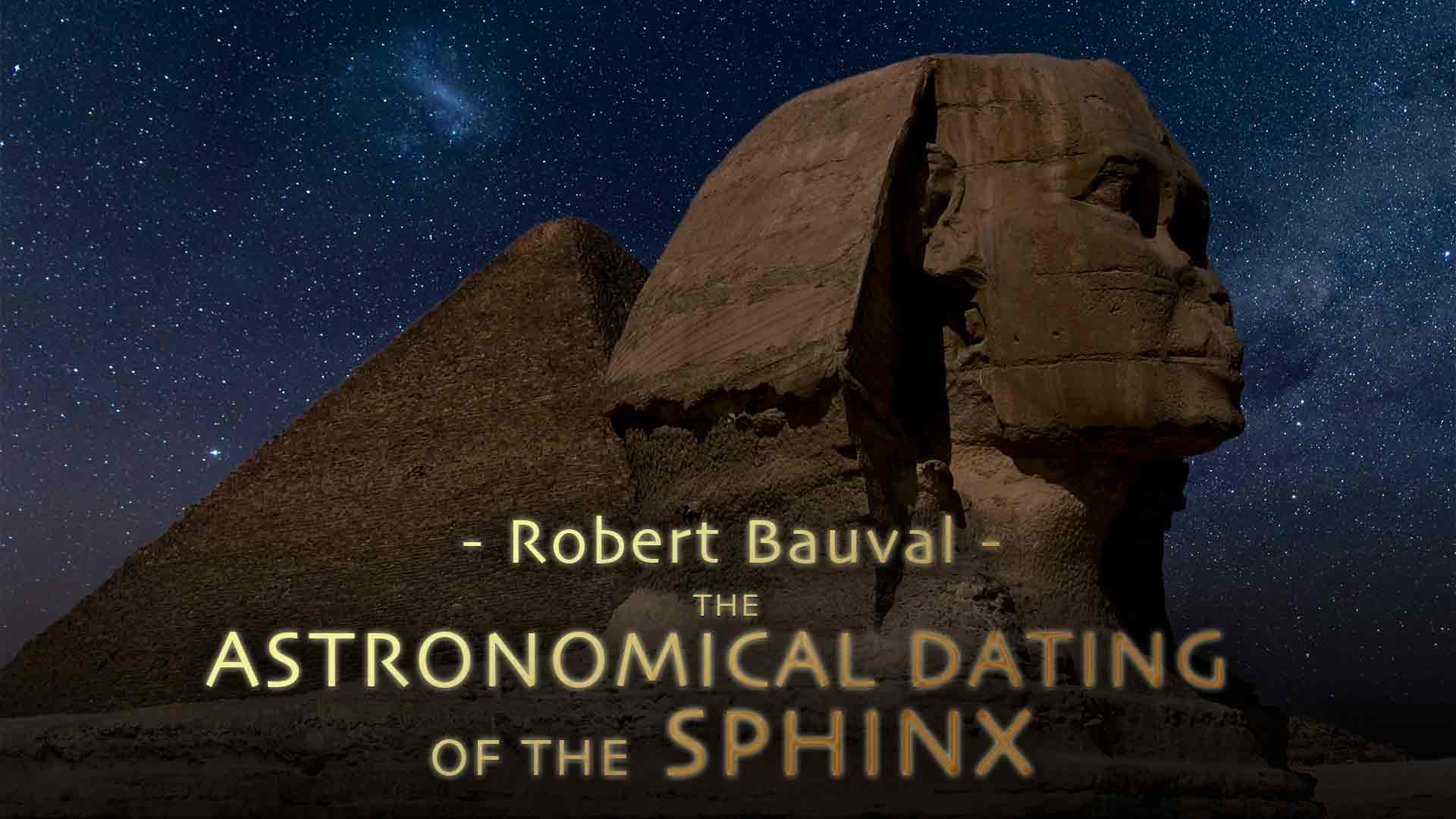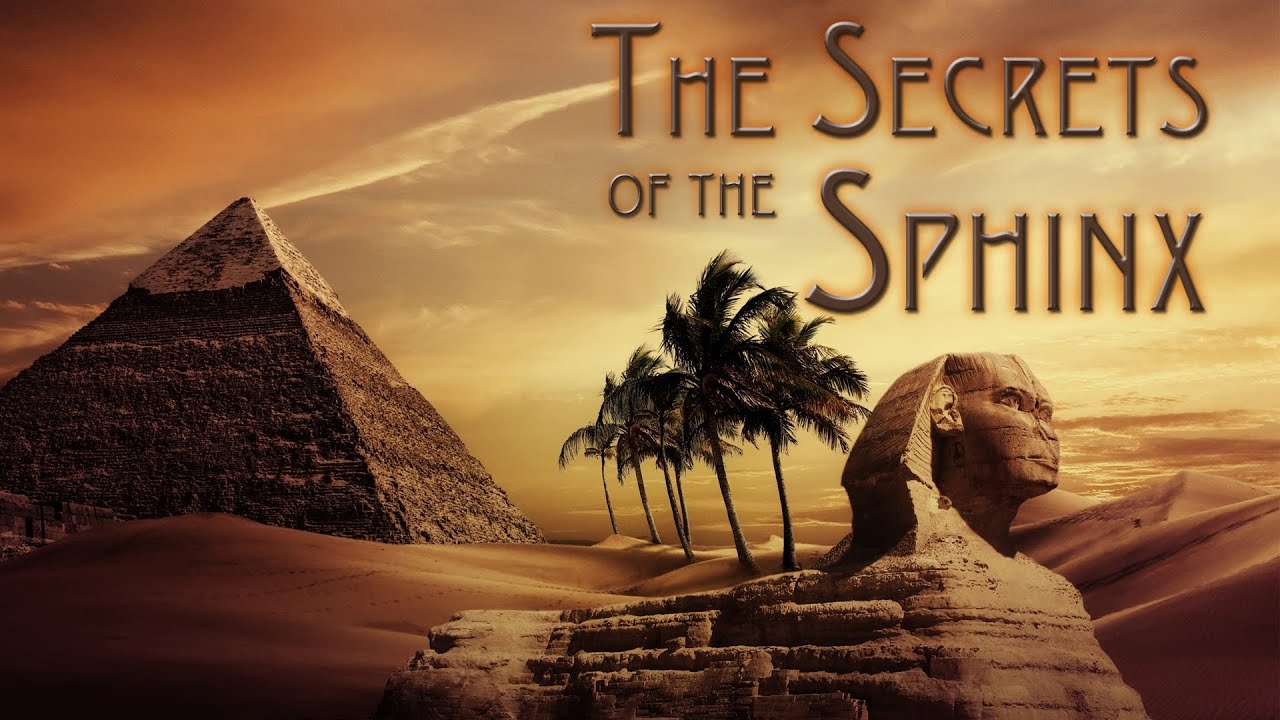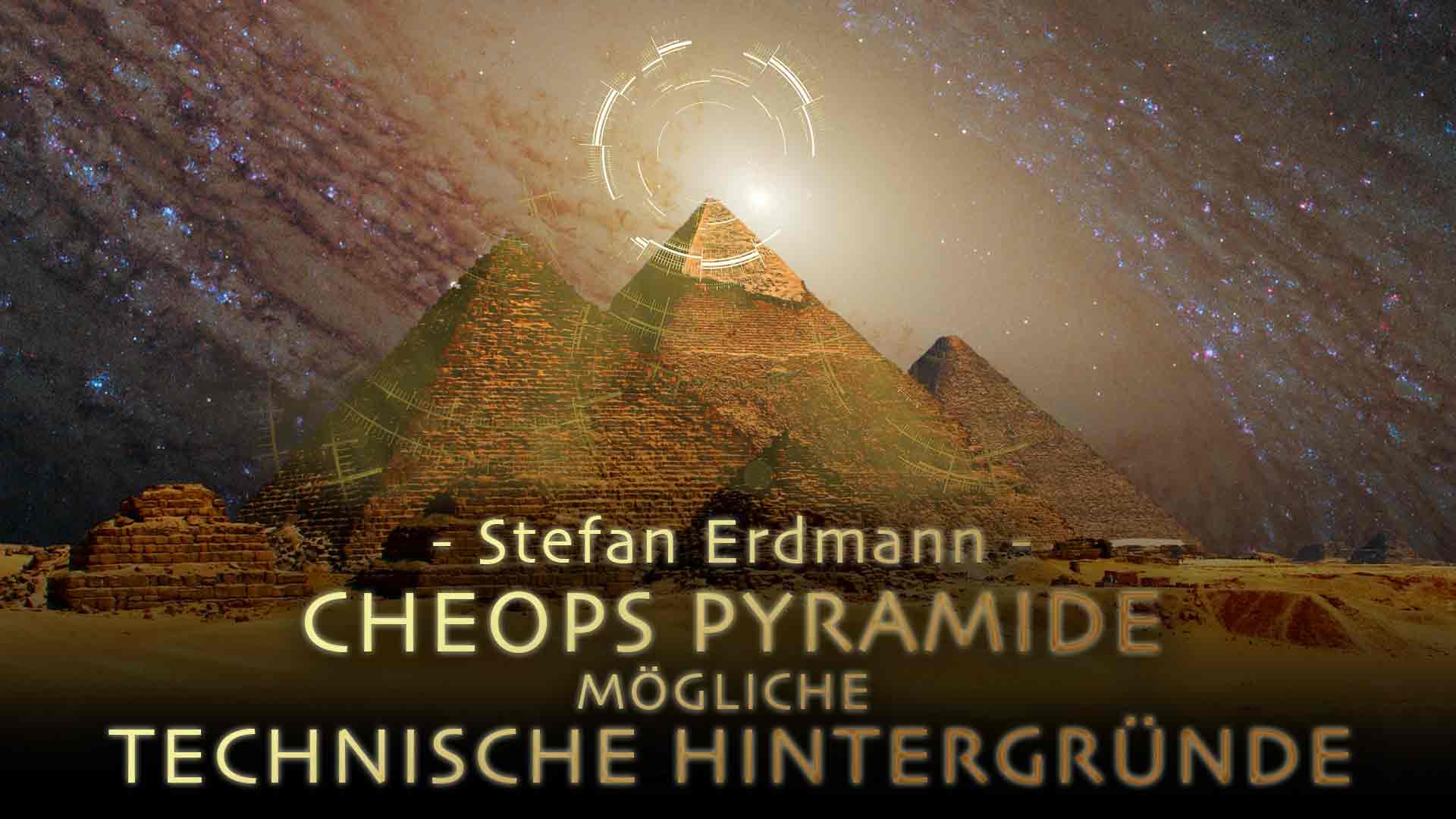Prof. Dr. Schoch has determined that the origins of the Great Sphinx date back to a period thousands of years prior to the beginning of dynastic Egypt. Central to Dr. Schoch’s re-dating of the Sphinx is the interpretation that the weathering and erosional features are not due to the arid desert conditions found in the region during the past five thousand years (the Sphinx sits on the edge of the Sahara Desert). Rather, the observed weathering and erosion resulted from rain, precipitation, and water runoff; sufficient precipitation was available only during pre-Sahara conditions. Seismic studies, as well as recent surface luminescence dating, supply additional confirmatory evidence that the Great Sphinx and its associated structures date back to a very early time; subsequently the Great Sphinx was reworked and reused by the dynastic Egyptians.
In the 1990s Dr. Schoch estimated that the origins of the Great Sphinx might lie in the period 9,000 to 7,000 years ago. With the discovery of new evidence – most stunningly the 12,000-year-old site of Göbekli Tepe in southeastern Turkey – and also taking into account the latest data regarding ancient climatic changes and a re-analysis of the seismic studies, a strong case can now be made that the origins of the Great Sphinx go back some 12,000 years into the past. High culture existed at the end of the last ice age, but catastrophe struck circa 11,700 years ago. The ice age ended abruptly and an early cycle of civilization was decimated. Humanity was thrown into a dark age for thousands of years until civilization fully re-emerged around 6000 to 5000 years ago. What event brought the ice age to an end? Piecing together clues from many fields, Dr. Schoch has concluded that the triggering factor was an eruption from our Sun.
Prof. Dr. Robert M. Schoch, a full-time faculty member at the College of General Studies at Boston University since 1984, earned his Ph.D. (1983) in Geology and Geophysics at Yale University. The author of numerous articles and books, both academic and popular, including Forgotten Civilization: The Role of Solar Outbursts in Our Past and Future (published in Germany as: Die vergessene Zivilisation: Die Bedeutung der Sonneneruptionen in Vergangen-heit und Zukunft), Dr. Schoch has reached audiences around the world via live presentations, television, radio, and the Internet. In recognition of his scientific contributions to the study of ancient civilizations, in 2014 Dr. Schoch was awarded the title of Honorary Professor of the Nikola Vaptsarov Naval Academy in Varna, Bulgaria.







